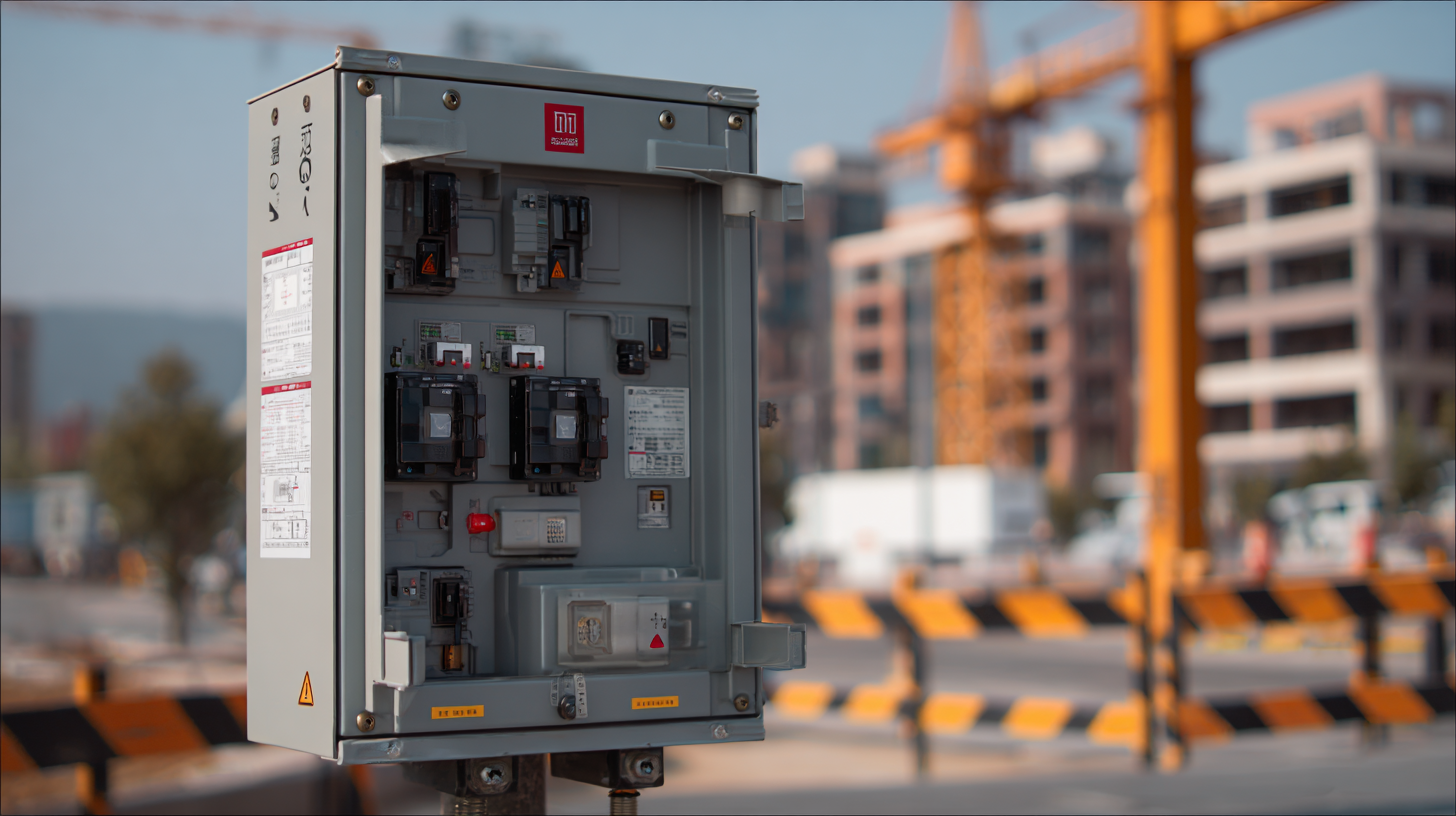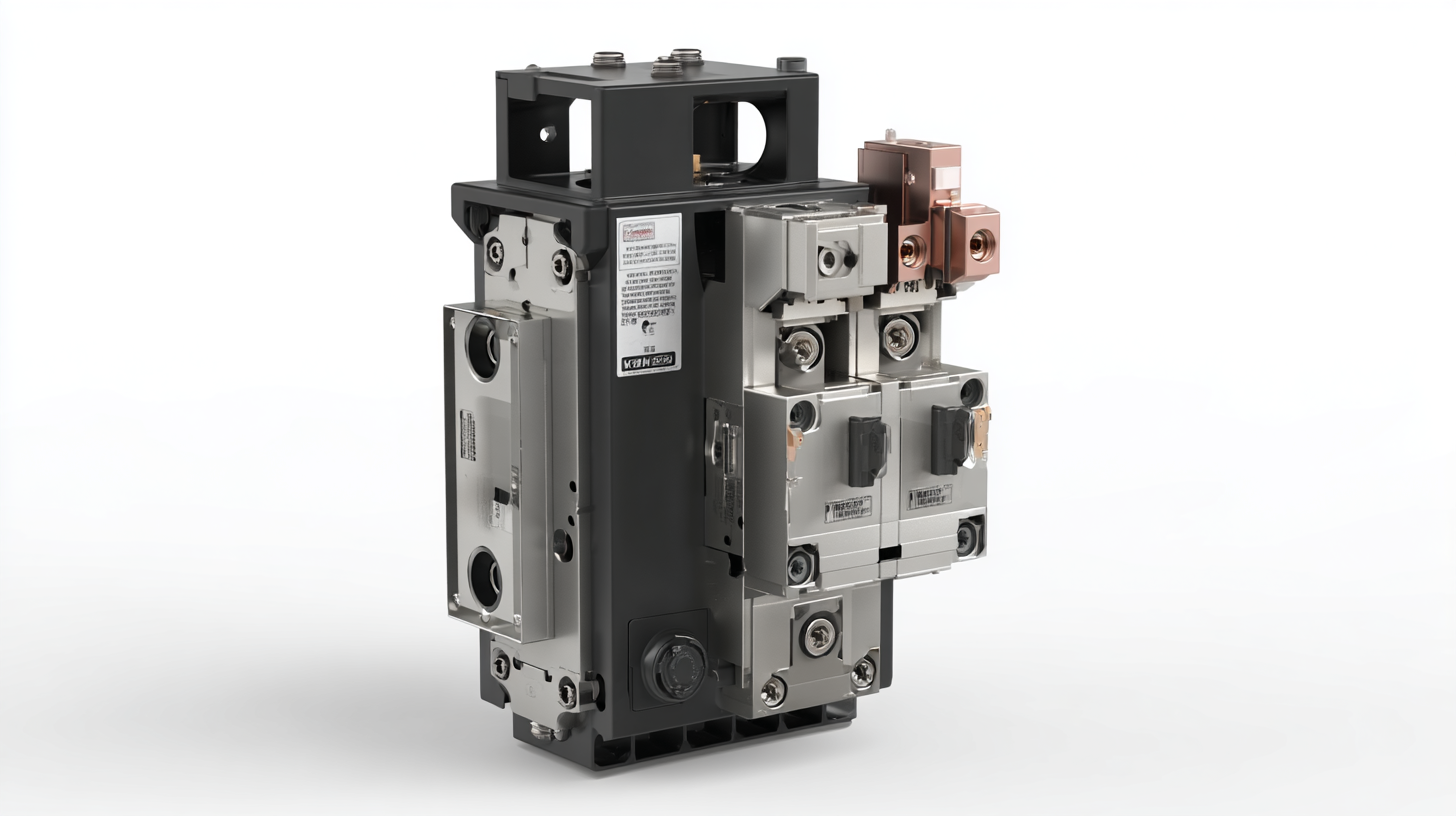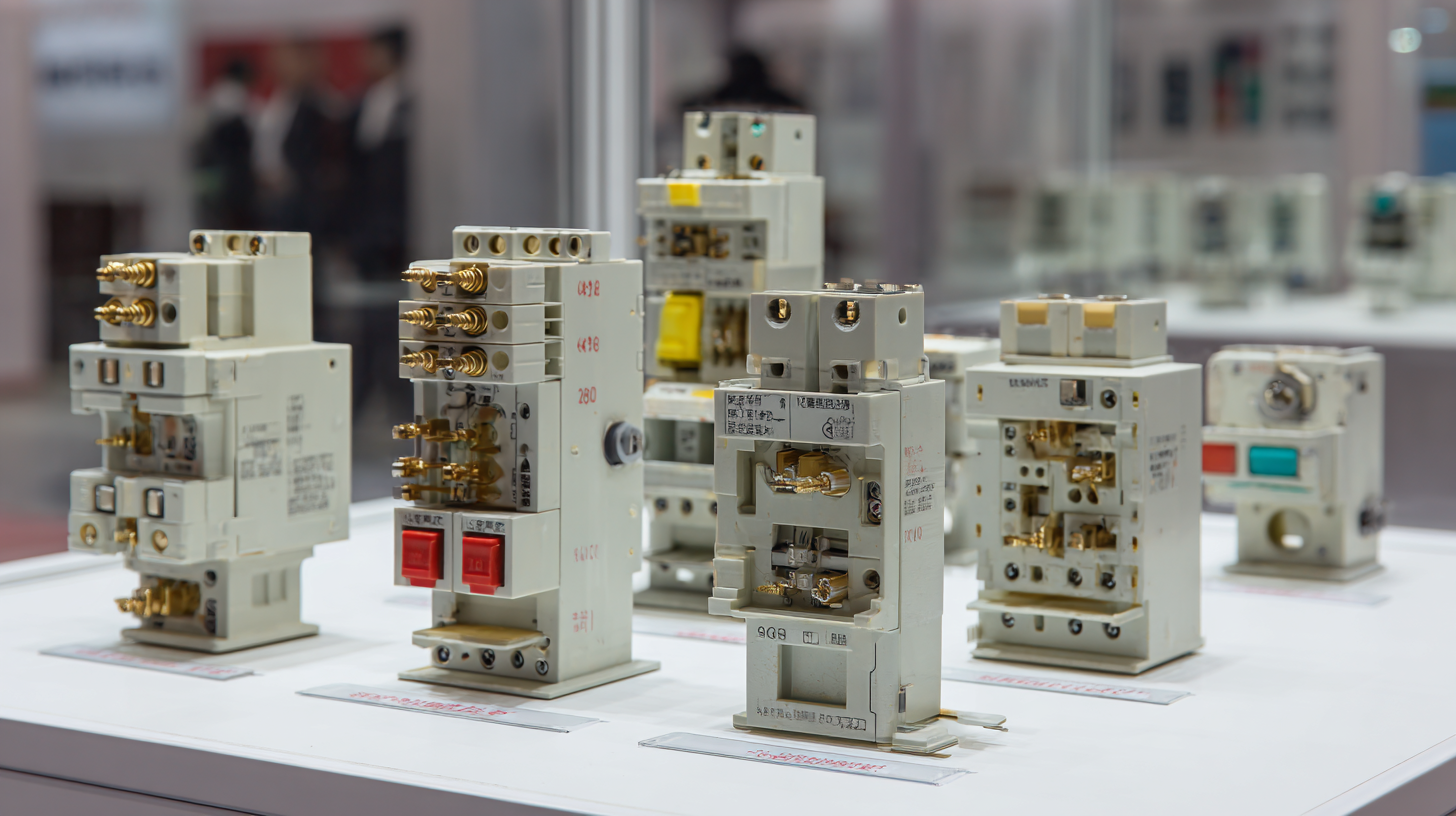
Unveiling 2025 Technology Trends for Best NH Fuse Type Disconnector Solutions
In the rapidly evolving landscape of electrical engineering, the NH Fuse Type Disconnector emerges as a pivotal component in ensuring safety, efficiency, and reliability in power systems. As we approach 2025, understanding the latest technology trends is essential for professionals seeking optimal solutions in electrical distribution. This blog delves into the myriad benefits of NH Fuse Type Disconnectors, highlighting their role in fault isolation, maintenance facilitation, and enhanced system performance. By exploring innovative advancements and best practices associated with these disconnectors, we aim to provide valuable insights that empower industry stakeholders to make informed decisions and embrace cutting-edge technology trends. Join us as we unveil what the future holds for NH Fuse Type Disconnectors and how they can transform electrical infrastructure for the better.

Emerging Technologies Driving NH Fuse Type Disconnector Innovations in 2025
In 2025, the landscape of NH fuse type disconnectors is set to be shaped profoundly by several emerging technologies. According to the latest report from the International Electrotechnical Commission (IEC), advancements in material science, such as the development of high-temperature superconductors, will significantly enhance the performance and efficiency of disconnectors. These materials promise to reduce energy losses by up to 20%, making them a viable solution for the growing demand in both industrial and renewable energy sectors.
Additionally, the integration of smart technology will play a crucial role in driving innovations within the NH fuse market. A recent study by Frost & Sullivan indicated that the global smart grid market is expected to surpass $100 billion by 2025. This growth will foster the adoption of smart disconnectors equipped with real-time monitoring and self-diagnostic capabilities. Such features will not only ensure operational reliability but also facilitate proactive maintenance, ultimately reducing downtime and operational costs for utility providers. As these technologies converge, they will redefine the standards for safety, efficiency, and sustainability in electrical systems.
Market Forecast: Projected Growth Rates for NH Fuse Disconnectors Through 2025
The market for NH fuse disconnectors is projected to experience substantial growth through 2025, driven by increasing investments in infrastructure and the rising demand for reliable electrical solutions. According to a recent report by Mordor Intelligence, the global NH fuse disconnector market is expected to grow at a CAGR of approximately 5.8%, reaching a valuation of around $700 million by 2025. This growth can be attributed to the expanding renewable energy sector and the urgent need for enhanced safety measures in electrical installations.
Moreover, the European market plays a significant role in this growth trajectory. With countries like Germany and France leading the charge in electrical grid modernization, the adoption of NH fuse disconnectors is anticipated to rise. As reported by Technavio, Europe accounted for over 35% of the global market share in 2022, with a forecasted CAGR of 6.2% through 2025. This increasing demand is further driven by the regulatory push for higher standards in electrical safety and efficiency, compelling manufacturers to innovate and adapt their products to meet these evolving requirements.
Key Drivers of Demand for NH Fuse Solution in Renewable Energy Integration
The global shift towards renewable energy sources is driving an increased demand for NH fuse type disconnectors. These devices play a crucial role in ensuring the safe and efficient integration of renewable energy systems into existing electrical networks. As solar, wind, and other sustainable power sources proliferate, the need for reliable protection mechanisms that can handle fluctuating power loads becomes essential. NH fuse disconnectors offer a robust solution, providing isolation and protection that enhances system reliability and safety.

Moreover, the advancements in smart grid technology are further bolstering the demand for NH fuse solutions. As utilities and energy producers transition to smarter, more interconnected systems, the need to effectively manage and protect diverse energy inputs grows. NH fuse disconnectors, with their ability to seamlessly integrate into these advanced systems, enable better monitoring and control of energy flows. This not only enhances operational efficiency but also supports the overall goal of achieving a more sustainable and resilient energy landscape. The combination of regulatory incentives and technological advancements continues to fuel interest in these vital components of renewable energy systems.
Regulatory Changes Shaping the Future of Disconnectors in Electrical Safety Standards
As we move towards 2025, the landscape of electrical safety is undergoing significant transformation, driven primarily by regulatory changes aimed at enhancing the reliability and safety of disconnectors. These disconnectors, crucial components in electrical distribution systems, must now adhere to stricter safety standards that ensure they perform effectively under various conditions. With evolving technologies and increasing concerns over electrical safety, regulators are setting new benchmarks for performance, testing, and installation practices.
These regulatory shifts not only influence the design and manufacturing processes of NH fuse type disconnectors but also compel manufacturers to innovate. Companies are investing in R&D to create solutions that not only meet compliance but exceed expectations in terms of durability and efficiency. The future will likely see more smart disconnectors equipped with advanced diagnostics, allowing for real-time monitoring and faster fault response. This evolution will play a vital role in securing electrical grids while minimizing downtime and maintenance costs, aligning with global goals for sustainable energy solutions.

Impact of Smart Grids on NH Fuse Type Disconnector Design and Functionality
The rise of smart grids is revolutionizing the design and functionality of NH fuse type disconnectors. As the global focus shifts towards more efficient energy distribution, smart grids offer an integrated architecture that enhances operational efficiency and reliability. According to a report by the International Energy Agency, investments in smart grid technologies are projected to reach $100 billion by 2025, significantly driving advancements in equipment such as disconnectors. This financial commitment is expected to spur innovations that improve fault detection and isolation, aligning with the increasing demand for resilience in electricity networks.
Incorporating sophisticated monitoring and communication systems into NH fuse type disconnectors is essential for adapting to the challenges posed by smart grids. The value of real-time data analytics cannot be overstated, as it enables utilities to make informed decisions quickly, ultimately reducing downtime and maintenance costs. A study from the Electric Power Research Institute indicates that utilities can achieve up to a 20% reduction in operational costs when integrating smart technologies into their existing infrastructure. As we approach 2025, the synergy between NH fuse type disconnectors and smart grid capabilities trends toward improved safety, operational performance, and energy efficiency, proving to be essential for the modern energy landscape.
Unveiling 2025 Technology Trends for Best NH Fuse Type Disconnector Solutions
| Dimension | 2023 Data | 2024 Forecast | 2025 Prediction |
|---|---|---|---|
| Market Demand (Units) | 150,000 | 180,000 | 220,000 |
| Average Cost per Unit ($) | 350 | 370 | 400 |
| Smart Grid Adoption (%) | 25 | 35 | 50 |
| Energy Efficiency Improvement (%) | 5 | 10 | 15 |
| R&D Investment Growth (%) | 8 | 12 | 15 |
